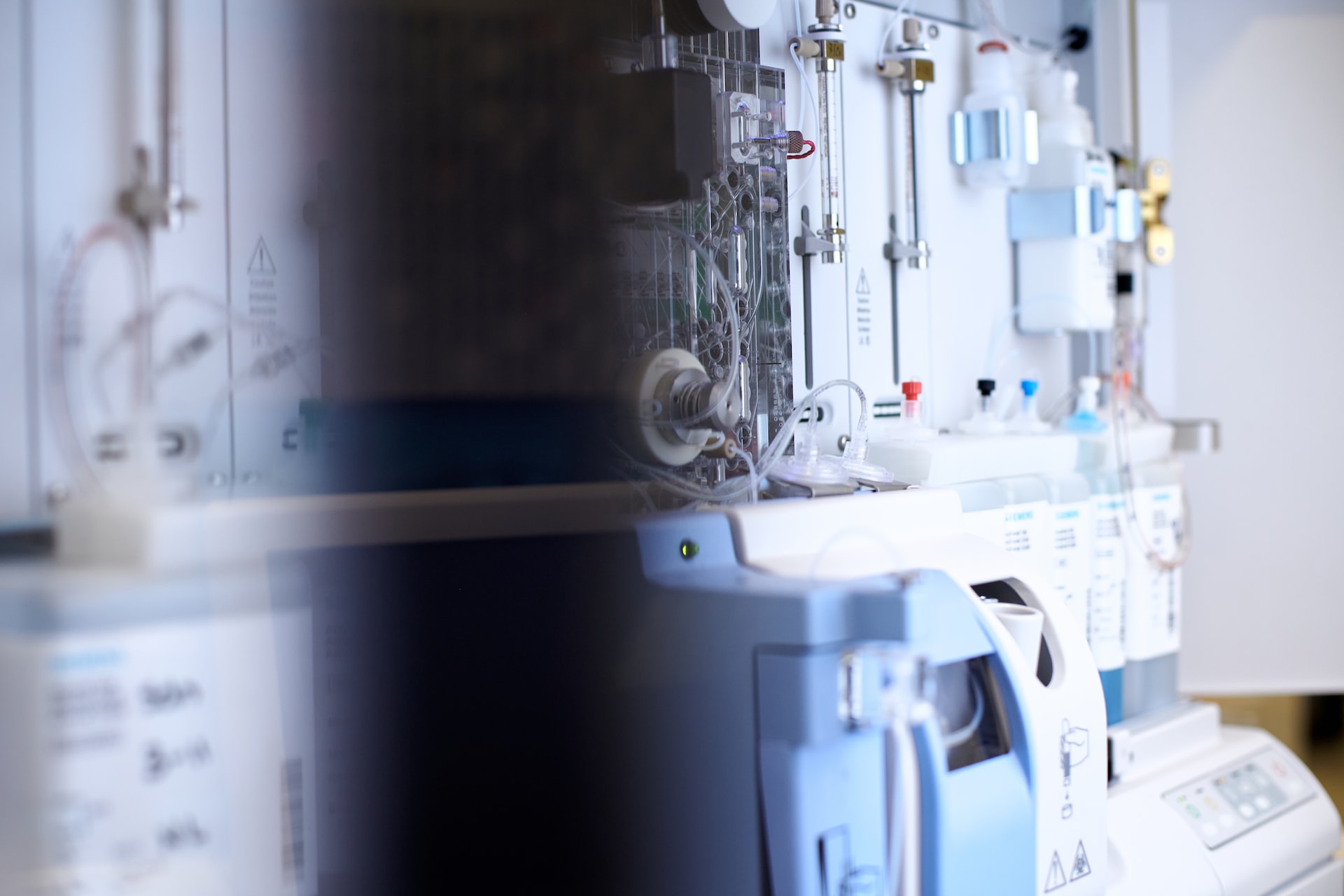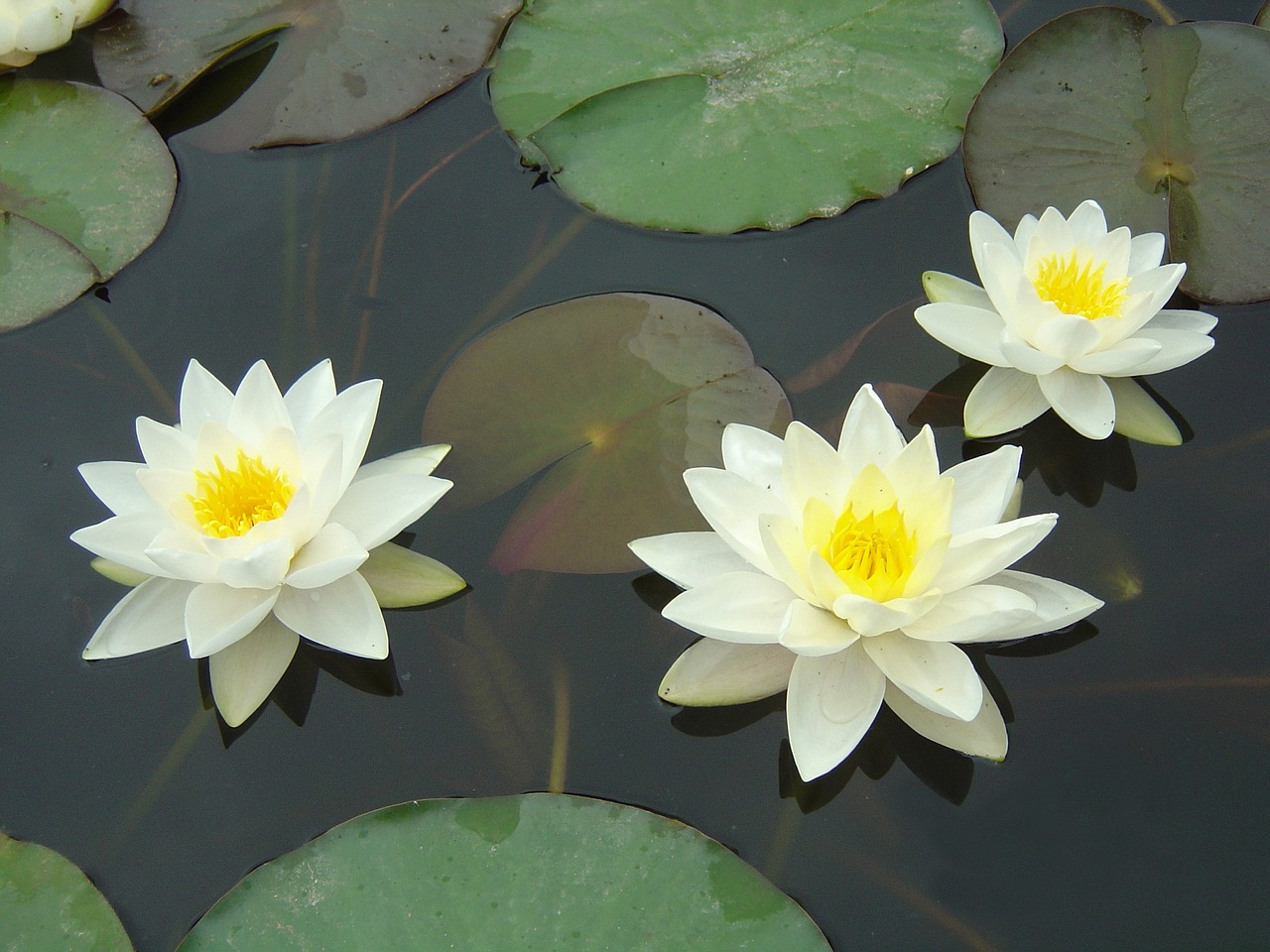Neil deGrasse Tyson wants you to know that while sea salt seems to be all the rage when it comes to food at the moment, sea salt and table salt are actually the same thing.
Here’s his full explanation in 140 characters or less:
Just an FYI: All table salt is sea salt. Mined salt just happens to come from long-buried, evaporated, prehistoric seas.
— Neil deGrasse Tyson (@neiltyson) August 16, 2015
All salt contains sodium and chlorine with varying levels of nutrition and minerals, but salts are classified differently based on where they come from.
Sea salt comes from evaporated ocean water and salt lakes whereas table salt is mined by manufacturers from salt mines in ancient, deep, dried up sea beds and salt deposits.
In addition, sea salt comes in a myriad of colors as a result of its concentration of minerals and impurities.
While salt processors often add anti-clumping agents and iodine to make table salt, none of this actually makes table salt inferior or any less healthy than sea salt, despite the fact many people believe the contrary.
In fact, “Sea salt also generally contains less iodine than table salt,” Rachel K. Johnson, an AHA spokeswoman and researcher at the University of Vermont, said in an article on the AHA website. “Iodine has been added to table salt since the 1920s to prevent the iodine-deficiency disease goiter.”
“The minute amounts of trace minerals found in sea salt are easily obtained from other healthy foods,” Johnson added.
Keep in mind that the majority of our iodine intake comes from table salt, and too little can result in thyroid issues.
So while yes, you can still eat sea salt with no qualms, don’t do it because it’s the better, healthy alternative to table salt.
Eat them both and be happy! Then tweet at Neil deGrasse Tyson you appreciate his knowledge on the subject.






